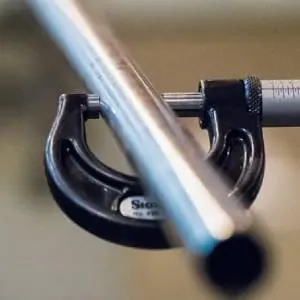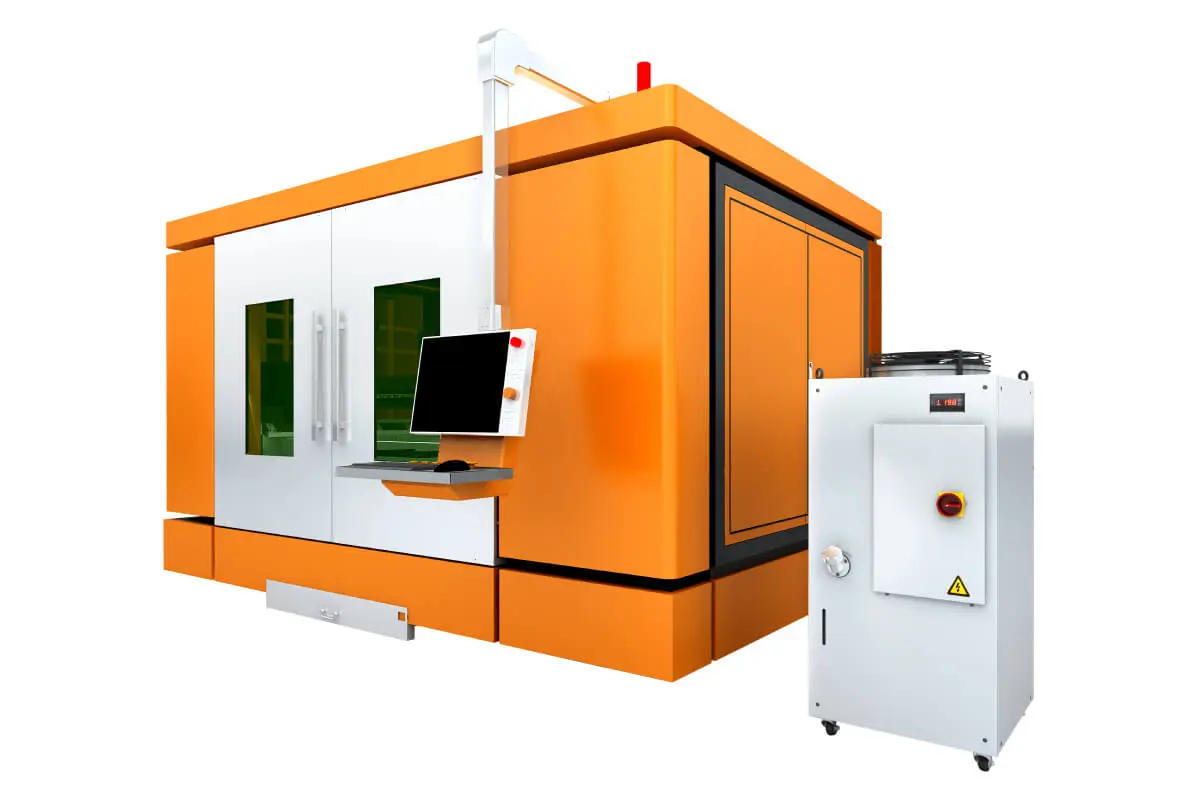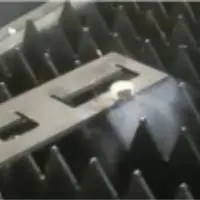Metal fabrication is an essential process in various industries, from automotive to aerospace. It involves cutting, bending, and assembling metal materials to create a wide range of products. Traditionally, metal cutting was done using techniques like sawing, shearing, and punching. However, with the advancement of technology, a new method has emerged that has revolutionized the metal fabrication industry – laser metal cutting.
A laser metal cutter is a versatile and precise tool that uses a high-powered laser beam to cut through metal materials with incredible accuracy. This technology has quickly become the preferred method for metal cutting due to its numerous benefits, including speed, precision, and efficiency. In this article, we will explore how laser metal cutters work and why they are changing the game in metal fabrication.
How Does a Laser Metal Cutter Work?
A laser metal cutter works by focusing a concentrated beam of light onto a metal material, causing it to melt, burn, or vaporize. The high-powered laser beam is guided by a computer-controlled system that follows a predetermined path to cut through the metal with incredible precision. This process is known as laser cutting and can be done on a wide variety of metals, including steel, aluminum, copper, and titanium.

Revolutionizing Metal Fabrication with a Laser Metal Cutter
One of the key advantages of laser metal cutting is its ability to cut through thick metal materials with ease. Traditional methods like sawing or shearing may struggle to cut through thick metals, but a laser metal cutter can handle them without any issues. This makes laser cutting ideal for industries that require precise and clean cuts on thick metal materials, such as shipbuilding and heavy machinery manufacturing.
The Benefits of Laser Metal Cutting
There are several benefits to using a laser metal cutter for your metal fabrication needs. One of the most significant advantages is the speed at which laser cutting can be done. Unlike traditional cutting methods that can be time-consuming and labor-intensive, a laser metal cutter can cut through metal materials quickly and efficiently. This results in faster production times and lower costs for manufacturers.
Another major benefit of laser metal cutting is its precision. The high-powered laser beam can cut through metal materials with incredible accuracy, allowing for tight tolerances and intricate designs to be achieved. This level of precision is essential for industries that require complex metal parts with strict specifications, such as the aerospace and medical device industries.
In addition to speed and precision, laser metal cutting is also known for its versatility. A laser metal cutter can cut through a wide range of metal materials, thicknesses, and shapes, making it a versatile tool for a variety of applications. Whether you need to cut thin sheet metal for HVAC ductwork or thick plate steel for structural components, a laser metal cutter can handle it all.
The Future of Metal Fabrication
As technology continues to advance, the future of metal fabrication looks brighter than ever. Laser metal cutters are at the forefront of this technological revolution, offering manufacturers a fast, precise, and versatile tool for cutting metal materials. With their ability to handle a wide range of metals and thicknesses, laser metal cutters are poised to become the go-to method for metal cutting in industries around the world.

Revolutionizing Metal Fabrication with a Laser Metal Cutter

Revolutionizing Metal Fabrication with a Laser Metal Cutter
In conclusion, laser metal cutters are revolutionizing the metal fabrication industry with their speed, precision, and versatility. Whether you are a small job shop or a large manufacturing facility, investing in a laser metal cutter can help you stay ahead of the competition and meet the demands of today’s fast-paced market. With their numerous benefits and cutting-edge technology, laser metal cutters are truly changing the game in metal fabrication. Steel Cutting Machine



